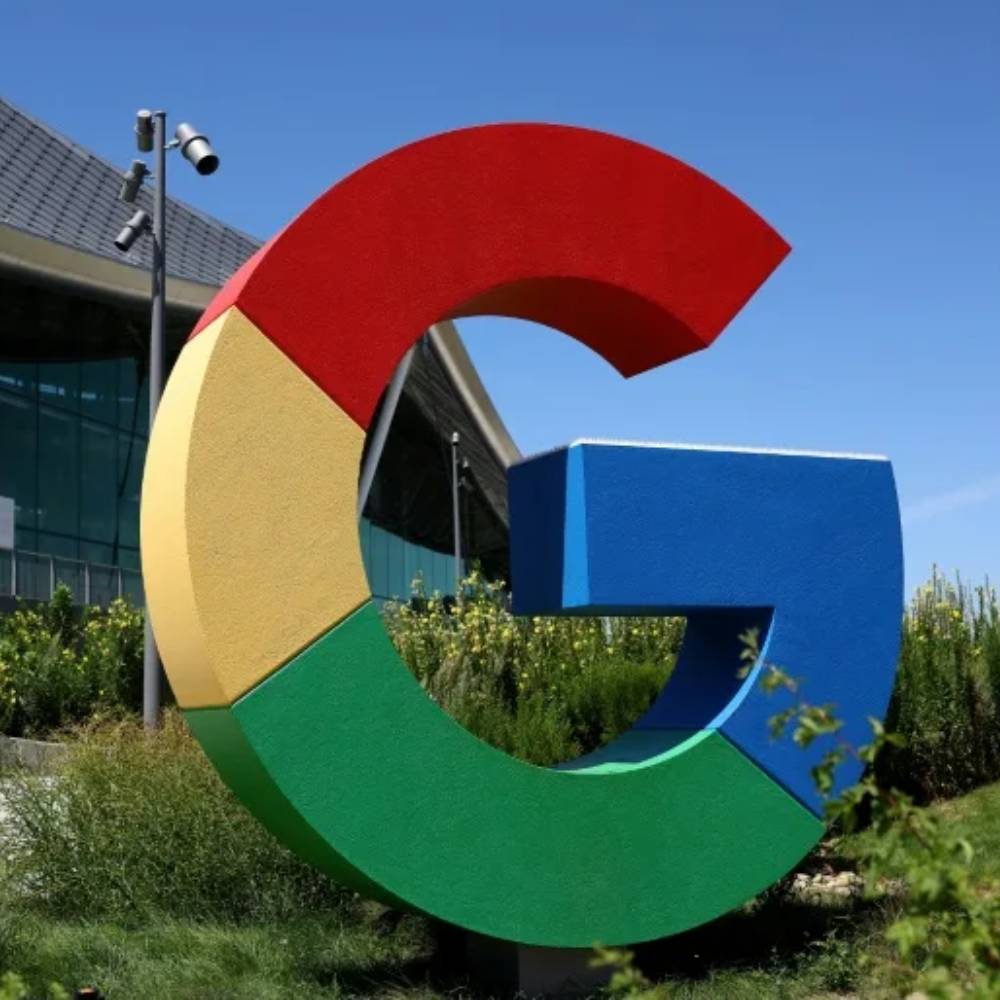Introduction to Nuclear Energy in Tech
In a groundbreaking move, Google has signed an agreement with Kairos Power to utilize small nuclear reactors for powering its artificial intelligence (AI) data centers. This innovative approach comes as technology companies seek reliable and sustainable energy sources to meet the increasing demands of their operations.
Details of the Agreement
The partnership aims to initiate the use of the first reactor within this decade, with plans to bring additional reactors online by 2035. However, specifics regarding the financial terms of the deal or the exact locations of the reactors have not been disclosed.
The Need for New Energy Sources
Michael Terrell, Google’s senior director for energy and climate, emphasized the necessity for new electricity sources to support emerging AI technologies. He explained that this agreement is designed to expedite the adoption of advanced energy solutions, facilitating a cleaner and more dependable energy supply. This development is crucial for realizing the full potential of AI applications across various sectors.
Accelerating Nuclear Commercialization
Jeff Olson, an executive at Kairos Power, highlighted the significance of the collaboration in promoting the commercialization of advanced nuclear energy. By showcasing the technical and market viability of smaller reactors, this initiative is viewed as essential for decarbonizing power grids, thereby contributing to a sustainable energy future.
Regulatory Hurdles Ahead
Before the project can advance, it must secure approval from the US Nuclear Regulatory Commission, along with local regulatory bodies. This step is critical for ensuring safety and compliance with federal regulations. Notably, Kairos Power received its first permit in 50 years from US regulators last year, allowing it to build a new type of nuclear reactor.
Innovative Reactor Design
In July, construction commenced on a demonstration reactor in Tennessee, which is part of Kairos Power’s focus on developing smaller reactors. These innovative reactors utilize molten fluoride salt as a coolant, diverging from the traditional water-cooled systems used in conventional nuclear power plants. This design aims to enhance safety and efficiency, making nuclear power an increasingly attractive option for the tech industry.
Growing Energy Demands in Tech
The global energy consumption of data centers is projected to more than double by the end of the decade, according to forecasts from Goldman Sachs. This staggering increase in demand necessitates the exploration of alternative energy sources, particularly as technology companies strive to minimize their carbon footprints while expanding their energy use.
International Support for Nuclear Energy
At a recent United Nations Climate Change Conference, the US joined a coalition of countries advocating for a threefold increase in nuclear energy capacity by 2050. This initiative aligns with global efforts to reduce reliance on fossil fuels and transition to cleaner energy solutions.
Criticism and Concerns
Despite the push for nuclear energy, critics argue that it has risks. The production of long-lasting radioactive waste and potential safety concerns remain significant issues that must be addressed. Last month, Microsoft announced plans to restart operations at the Three Mile Island plant, the site of a major nuclear accident in 1979. Additionally, Amazon intends to acquire a nuclear-powered data center in Pennsylvania, further highlighting the growing interest in nuclear energy among major tech firms.
Conclusion
As Google and Kairos Power embark on this ambitious partnership, the implications for the future of energy in the tech industry are profound. By embracing nuclear power, Google aims to secure a sustainable energy source for its data centers, ultimately contributing to the broader goal of decarbonization while accommodating the surging demand for AI technologies. The journey ahead will require careful navigation of regulatory landscapes and ongoing dialogue about the safety and viability of nuclear energy as a cornerstone of future power grids.







